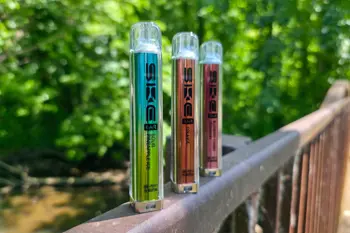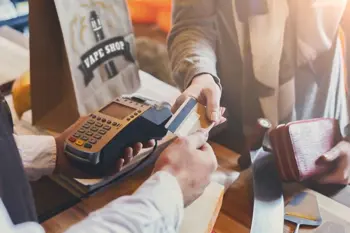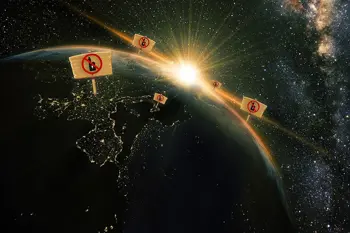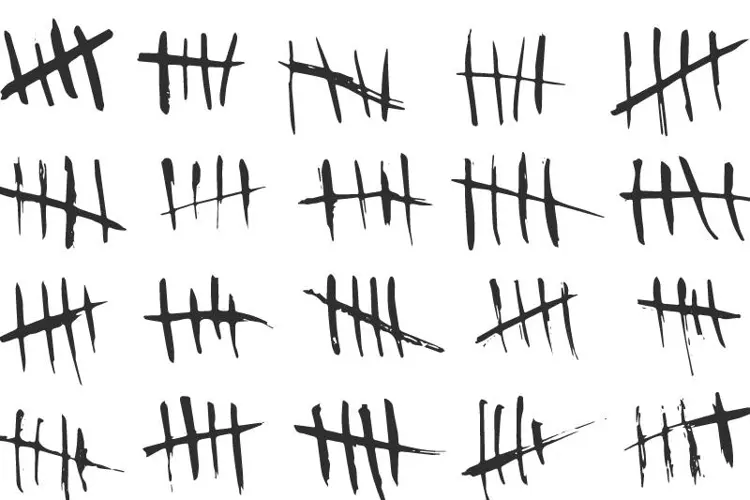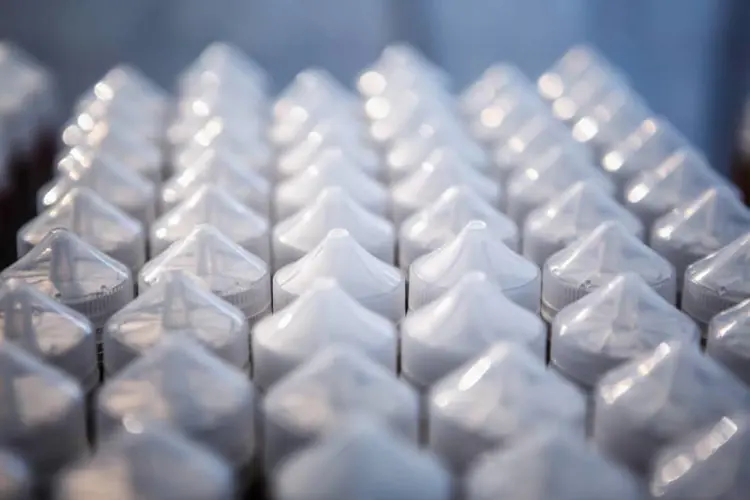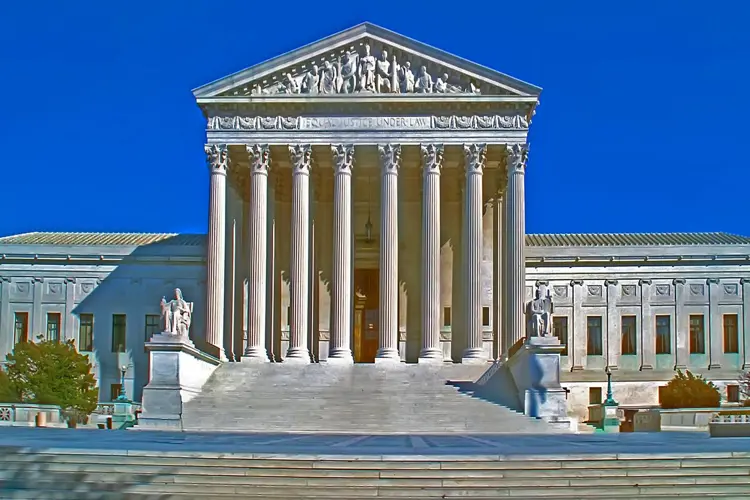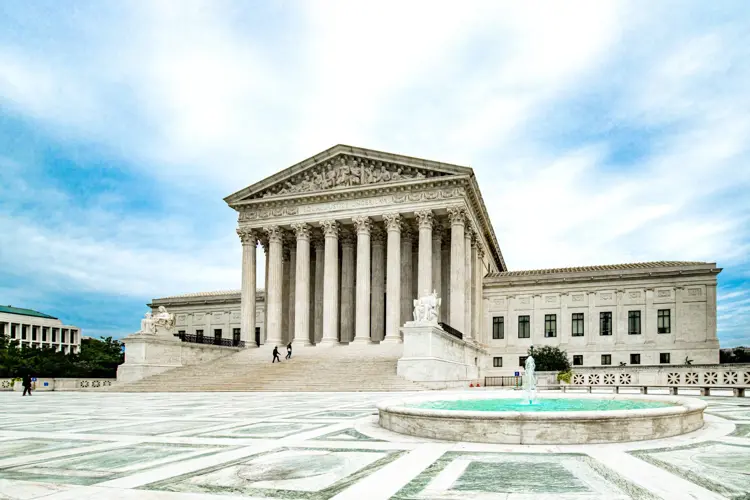June 28 - Sometime this afternoon, hours after the Chevron decision was announced, the Supreme Court updated the dockets of the four vaping-related petitioners seeking review of lower-court decisions (see the last section of this article). The court scheduled a conference on Monday, July 1, to discuss all four cases for a second time.
The Supreme Court today overturned a decades-long precedent that gave federal agencies an almost insurmountable advantage when defending their regulations against legal challenges. The court’s decision in Loper Bright Enterprises v. Raimondo (and a related case, Relentless v. Department of Commerce) could affect pending vape industry challenges to FDA regulation, and could even lead to changes in the FDA’s approach to regulating vaping products.
The end of Chevron deference
The court ruled 6-3 today to overturn lower court decisions that were based on the so-called Chevron deference doctrine. The lower court decisions upheld federal regulations imposed by the U.S. Department of Commerce on small herring fishing businesses.
The Supreme Court decision overrules the Chevron doctrine—based on the 1984 decision in Chevron v. Natural Resources Defense Council—which held that courts should defer to the interpretations of “expert” federal agencies regarding ambiguous laws the agencies are required to implement, as long as the agency interpretations are reasonable.
For 40 years, unelected bureaucrats were given leeway to decide on their own what Congress had intended when it wrote laws that were unclear—even if there were other possible reasonable interpretations the courts could have considered. During those years, according to the New York Times, Chevron deference has been applied in 70 Supreme Court decisions and 17,000 lower-court rulings.
“Chevron is overruled,” wrote Chief Justice John Roberts in the Loper Bright decision. “Courts must exercise their independent judgment in deciding whether an agency has acted within its statutory authority, as the APA requires. Careful attention to the judgment of the Executive Branch may help inform that inquiry. And when a particular statute delegates authority to an agency consistent with constitutional limits, courts must respect the delegation, while ensuring that the agency acts within it. But courts need not and under the APA may not defer to an agency interpretation of the law simply because a statute is ambiguous.”
What does this mean for vaping?
Today’s decision could affect current and future legal challenges to the FDA’s interpretation of the 2009 Family Smoking Prevention and Tobacco Control Act (TCA), which granted the agency broad powers to regulate nicotine and tobacco products. The TCA did not specifically make reference to vaping products, which had not reached the U.S. market when the law was being crafted.
The FDA, however, used a provision in the TCA to issue its 2016 Deeming Rule, which granted the agency regulatory authority over vapes, nicotine pouches, and other products not described in the 2009 legislation. The Deeming Rule imposed a system for manufacturers to submit marketing applications for vapes and other nicotine products.
When the FDA was deluged with premarket tobacco applications (PMTAs) from small vaping manufacturers, and saw it would be unable to consider them individually (as mandated by the TCA), the agency created the so-called “fatal flaw” system that allowed it to issue millions of marketing denial orders (MDOs) for flavored vape products without conducting actual scientific reviews.
In an amicus curiae brief submitted to the Supreme Court last year by a group of vaping businesses and trade organizations, lawyers representing the industry explained how the FDA took advantage of Chevron deference to create a maze of unattainable (and largely undefined) standards.
The FDA, they wrote, “has applied a one-size-fits-all approach which has swung the pendulum far to one side, in effect banning all non-tobacco flavored (e.g., mint and fruit) ENDS products, and in the process focusing its attention largely on underage use at the expense of adult smokers. FDA implemented this de facto ban not by asking Congress to amend the TCA or by promulgating a tobacco product standard via public notice and comment rulemaking, as required by [the Administrative Procedure Act], but rather through a statutory interpretation that is not grounded in the TCA’s text, structure, and context.”
Because courts have tended to see most challenges to federal agency powers through the Chevron lens, federal district and circuit courts have given the FDA wide leeway to impose a virtual ban on vapes in all flavors except tobacco, and to do it by creating standards on the fly—even after applications had already been submitted.
“Chevron signals to agencies they are free to find whatever statutory ambiguity is needed to justify a particular outcome and courts will defer even to those interpretations that land well beyond any common sense reading of a statute,” wrote the vape industry lawyers.
The Supreme Court’s decision today in Loper Bright will affect how laws are written by Congress, carried out by federal agencies, and interpreted by the courts. It could lead to future court decisions that would partially reign in the FDA Center for Tobacco Products, forcing tobacco regulators to seriously consider benefits to adult consumers when considering marketing applications.
What about pending industry petitions to the Supreme Court?
On June 20, the Supreme Court held a conference to discuss four petitions asking the court to review vaping-related decisions. With just a few days left in the court’s session, it has still not announced what will happen with these cases.
The four cases are:
In the Wages and White Lion (Triton Distribution) case, the FDA has petitioned the court to review its loss to Triton in the Fifth Circuit Court of Appeals. In the other three cases, vaping manufacturers are seeking review of their losses in MDO appeals before various circuit courts.
The court must announce if it will hear one or more of the cases in its next term, if it will deny the petitions (leaving the lower court decisions in place), or if it will remand one or more of the cases back to the lower courts to be reheard, now without the benefit (for the FDA) of Chevron deference. Those announcements will come next week.
The Freemax REXA PRO and REXA SMART are highly advanced pod vapes, offering seemingly endless features, beautiful touchscreens, and new DUOMAX pods.
The OXVA XLIM Pro 2 DNA is powered by a custom-made Evolv DNA chipset, offering a Replay function and dry hit protection. Read our review to find out more.
The SKE Bar is a 2 mL replaceable pod vape with a 500 mAh battery, a 1.2-ohm mesh coil, and 35 flavors to choose from in 2% nicotine.
Because of declining cigarette sales, state governments in the U.S. and countries around the world are looking to vapor products as a new source of tax revenue.
The legal age to buy e-cigarettes and other vaping products varies around the world. The United States recently changed the legal minimum sales age to 21.
A list of vaping product flavor bans and online sales bans in the United States, and sales and possession bans in other countries.



